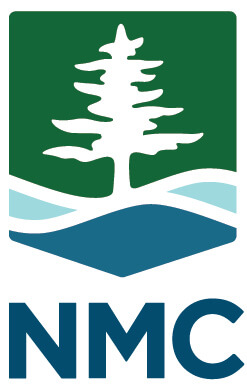Guidelines for Fair Use
Quick summary of.
Code of Best Practices in Fair Use for Online Video
From the Center for Social Media.
Fair use allows limited use of copyrighted material without permission from the copyright holder for purposes such as criticism, parody, news reporting, research and scholarship, and teaching. While many educational uses may be fair you need to evaluate your use each time you are reproducing copyrighted material – to show in your class, to hand out copies, or to include in your writing.
There are four factors to consider when determining whether your use is a fair one. You must consider all the factors below, even though all the factors do not have to be in favor of a use to make it a fair one.
The four fair factors are as follows:
- Purpose and character of the use, including whether the use is of a commercial nature or is for nonprofit educational purposes;
- Nature of the copyrighted work, such as whether the work is fiction or non-fiction, published or unpublished;
- Amount of the work used in relation to the copyrighted work as a while, such as using a poem in its entirety, or using one chapter from a long book;
- Effect of the use upon the potential market for the copyrighted work.
You have to apply the four factors to each use situation. Just because your use is for non-profit educational purposes does not automatically give you permission to copy and distribute other people’s work.
(Source: University of Michigan: http://guides.lib.umich.edu/content.php?pid=289569&sid=2438017)

